The budget
The budget is chf 774,895.- for the organs to which will be added the expenses from the adaptation of the infrastructure of the building. The budget total is CHF 972,787.- The financing will come from private sources, besides contributions from public organizations and semi-public foundations.
Current fundraising levels
Status of the “Organs” account (donations and pipe sponsorship): CHF 213,590.55
Promise of donation from the Loterie Romande: CHF 110,000.00
Bureau Inter-paroissial de Fribourg: CHF 45,000.00
Promise of donation from several Foundations: CHF 145,000. 00
Promise of donation from the Basilica Foundation: CHF 200,000.00
Promise of private contribution: CHF 50,000.00
Total current funding: CHF 763,590.55
Balance to be found: CHF 209,196.45
They Support Us
The budget
The budget is chf 774,895.- for the organs to which will be added the expenses from the adaptation of the infrastructure of the building. The budget total is CHF 972,787.- The financing will come from private sources, besides contributions from public organizations and semi-public foundations.
Current fundraising levels
Status of the “Organs” account (donations and pipe sponsorship): CHF 212,335.95
Promise of donation from the Loterie Romande: CHF 110,000.00
Bureau Inter-paroissial de Fribourg: CHF 45,000.00
Promise of donation from several Foundations: CHF 145,000. 00
Promise of donation from the Basilica Foundation: CHF 200,000.00
Promise of private contribution: CHF 50,000.00
Total current funding: CHF 762,335.95
Balance to be found: CHF 210,451.05
They Support Us
The budget
The budget is chf 774,895.- for the organs to which will be added the expenses from the adaptation of the infrastructure of the building. The budget total is CHF 972,787.- The financing will come from private sources, besides contributions from public organizations and semi-public foundations.
Current fundraising levels
Status of the “Organs” account (donations and pipe sponsorship): CHF 212,335.95
Promise of donation from the Loterie Romande: CHF 110,000.00
Bureau Inter-paroissial de Fribourg: CHF 45,000.00
Promise of donation from several Foundations: CHF 145,000. 00
Promise of donation from the Basilica Foundation: CHF 200,000.00
Promise of private contribution: CHF 50,000.00
Total current funding: CHF 762,335.95
Balance to be found: CHF 210,451.05
They Support Us
The budget
The budget is chf 774,895.- for the organs to which will be added the expenses from the adaptation of the infrastructure of the building. The budget total is CHF 972,787.- The financing will come from private sources, besides contributions from public organizations and semi-public foundations.
Current fundraising levels
Status of the “Organs” account (donations and pipe sponsorship): CHF 212,335.95
Promise of donation from the Loterie Romande: CHF 110,000.00
Bureau Inter-paroissial de Fribourg: CHF 45,000.00
Promise of donation from several Foundations: CHF 145,000. 00
Promise of donation from the Basilica Foundation: CHF 200,000.00
Promise of private contribution: CHF 50,000.00
Total current funding: CHF 762,335.95
Balance to be found: CHF 210,451.05
They Support Us
The budget
The budget is chf 774,895.- for the organs to which will be added the expenses from the adaptation of the infrastructure of the building. The budget total is CHF 972,787.- The financing will come from private sources, besides contributions from public organizations and semi-public foundations.
Current fundraising levels
Status of the “Organs” account (donations and pipe sponsorship): CHF 213,590.55
Promise of donation from the Loterie Romande: CHF 110,000.00
Bureau Inter-paroissial de Fribourg: CHF 45,000.00
Promise of donation from several Foundations: CHF 145,000. 00
Promise of donation from the Basilica Foundation: CHF 200,000.00
Promise of private contribution: CHF 50,000.00
Total current funding: CHF 763,590.55
Balance to be found: CHF 209,196.45
They Support Us
The budget
The budget is chf 774,895.- for the organs to which will be added the expenses from the adaptation of the infrastructure of the building. The budget total is CHF 972,787.- The financing will come from private sources, besides contributions from public organizations and semi-public foundations.
Current fundraising levels
Status of the “Organs” account (donations and pipe sponsorship): CHF 212,335.95
Promise of donation from the Loterie Romande: CHF 110,000.00
Bureau Inter-paroissial de Fribourg: CHF 45,000.00
Promise of donation from several Foundations: CHF 145,000. 00
Promise of donation from the Basilica Foundation: CHF 200,000.00
Promise of private contribution: CHF 50,000.00
Total current funding: CHF 762,335.95
Balance to be found: CHF 210,451.05
They Support Us
The budget
The budget is chf 774,895.- for the organs to which will be added the expenses from the adaptation of the infrastructure of the building. The budget total is CHF 972,787.- The financing will come from private sources, besides contributions from public organizations and semi-public foundations.
Current fundraising levels
Status of the “Organs” account (donations and pipe sponsorship): CHF 212,335.95
Promise of donation from the Loterie Romande: CHF 110,000.00
Bureau Inter-paroissial de Fribourg: CHF 45,000.00
Promise of donation from several Foundations: CHF 145,000. 00
Promise of donation from the Basilica Foundation: CHF 200,000.00
Promise of private contribution: CHF 50,000.00
Total current funding: CHF 762,335.95
Balance to be found: CHF 210,451.05
They Support Us
The budget
The budget is chf 774,895.- for the organs to which will be added the expenses from the adaptation of the infrastructure of the building. The budget total is CHF 972,787.- The financing will come from private sources, besides contributions from public organizations and semi-public foundations.
Current fundraising levels
Status of the “Organs” account (donations and pipe sponsorship): CHF 212,335.95
Promise of donation from the Loterie Romande: CHF 110,000.00
Bureau Inter-paroissial de Fribourg: CHF 45,000.00
Promise of donation from several Foundations: CHF 145,000. 00
Promise of donation from the Basilica Foundation: CHF 200,000.00
Promise of private contribution: CHF 50,000.00
Total current funding: CHF 762,335.95
Balance to be found: CHF 210,451.05
They Support Us
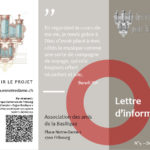 The order for the “great organ” in the Basilica of Our Lady was placed several months ago. So the countdown is on! (…) In order to be able to play with instruments tuned differently, a continuo organ with transposing keyboards was planned from the outset of our project. This “small positive organ” has just been ordered from Frédéric Desmottes’ organ-building firm.
The order for the “great organ” in the Basilica of Our Lady was placed several months ago. So the countdown is on! (…) In order to be able to play with instruments tuned differently, a continuo organ with transposing keyboards was planned from the outset of our project. This “small positive organ” has just been ordered from Frédéric Desmottes’ organ-building firm.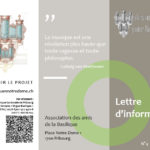 As of today, with three-quarters of the needed amount raised, the decision has been made to sign the letter of commitment to the organ builder. This historic moment took place on Sunday, November 27, 2022, the first Sunday of Advent, in the Treasure Room of the Basilica.
As of today, with three-quarters of the needed amount raised, the decision has been made to sign the letter of commitment to the organ builder. This historic moment took place on Sunday, November 27, 2022, the first Sunday of Advent, in the Treasure Room of the Basilica.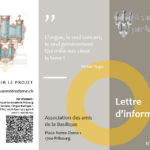 Once upon a time, as the accompanying archive photo can attest, a majestic organ occupied the gallery of the Basilica of Our Lady of Fribourg. Unfortunately, history has made it disappear in a singular way.
Once upon a time, as the accompanying archive photo can attest, a majestic organ occupied the gallery of the Basilica of Our Lady of Fribourg. Unfortunately, history has made it disappear in a singular way.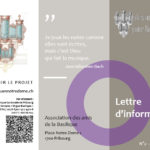 Today, thanks to the support of new “friends” and the new dynamic put in place, the project is progressing favorably. However, the search for funding remains a priority.
Today, thanks to the support of new “friends” and the new dynamic put in place, the project is progressing favorably. However, the search for funding remains a priority.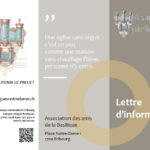 At this stage of the project, the association has managed to raise nearly CHF 650,000, or three-quarters of the budget amounting to CHF 880,000. Unfortunately, without the full amount, it is impossible to take the risk of starting the construction work.
At this stage of the project, the association has managed to raise nearly CHF 650,000, or three-quarters of the budget amounting to CHF 880,000. Unfortunately, without the full amount, it is impossible to take the risk of starting the construction work. To support our project, you can sponsor one or more of the 2048 pipes of the organs. For an additional fee of 20 francs, donors can have their first names and surnames engraved on the back of the patronized pipes. The names of donors of more than ten thousand francs will appear on a plaque affixed to the organ case.
To support our project, you can sponsor one or more of the 2048 pipes of the organs. For an additional fee of 20 francs, donors can have their first names and surnames engraved on the back of the patronized pipes. The names of donors of more than ten thousand francs will appear on a plaque affixed to the organ case.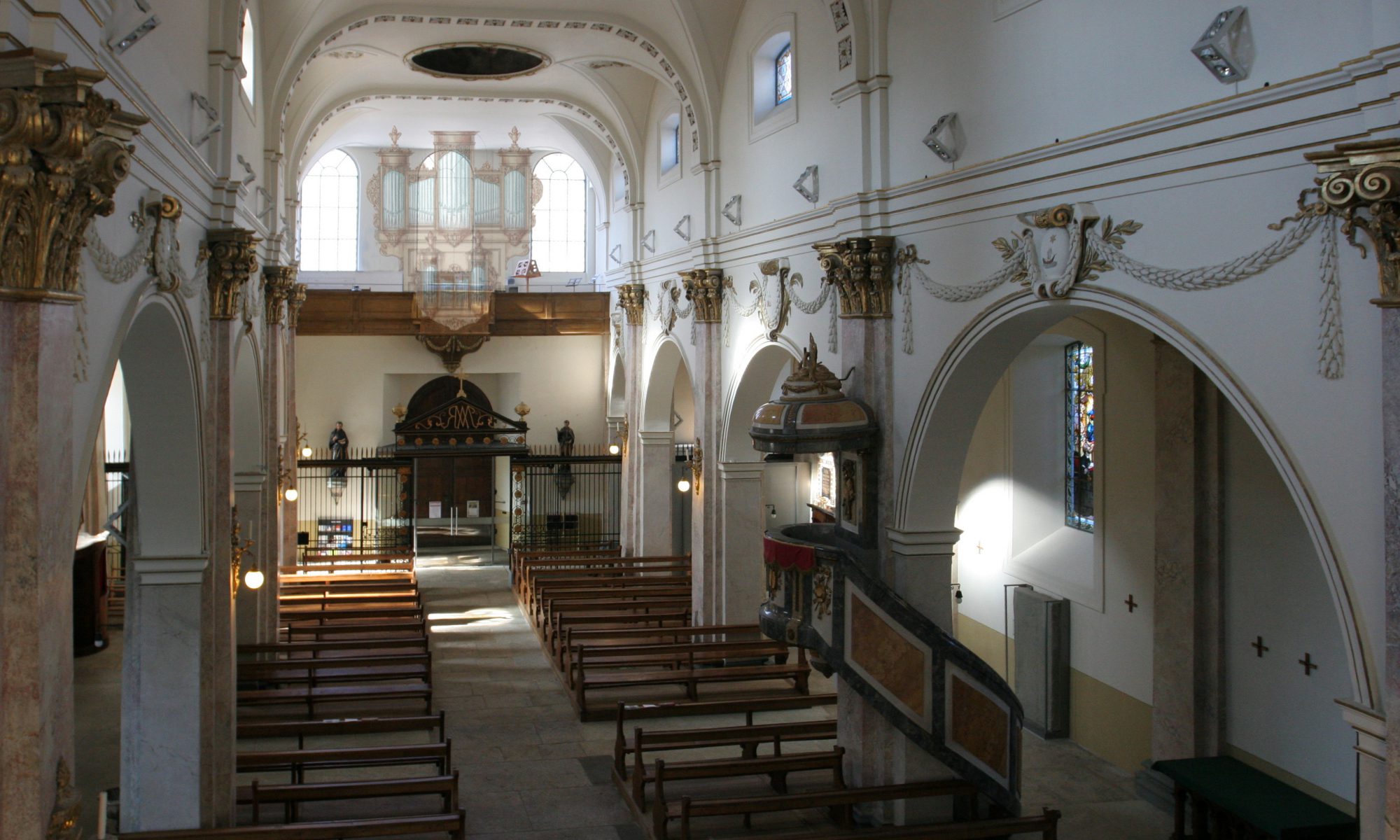


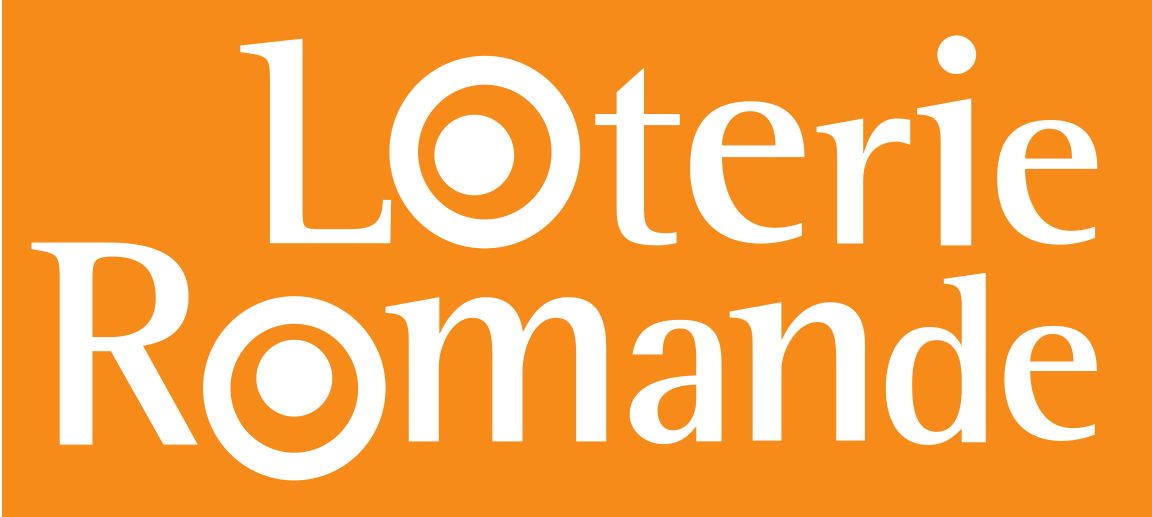



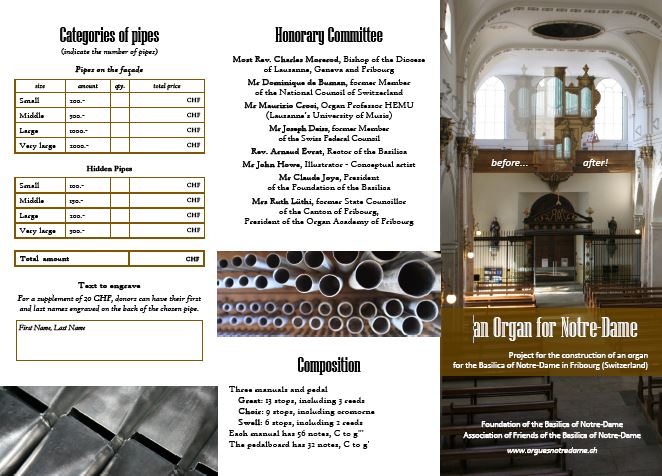
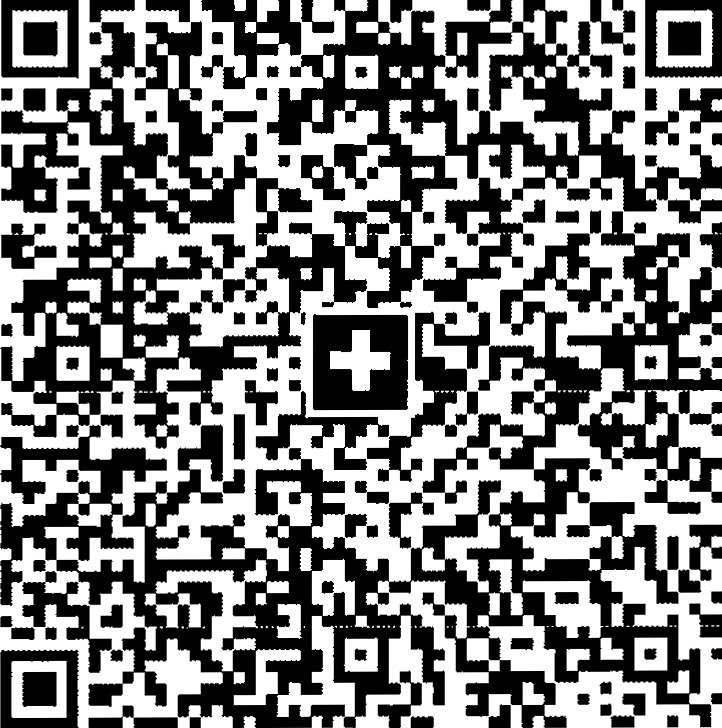 Donations can be sent to the following bank account:
Donations can be sent to the following bank account: